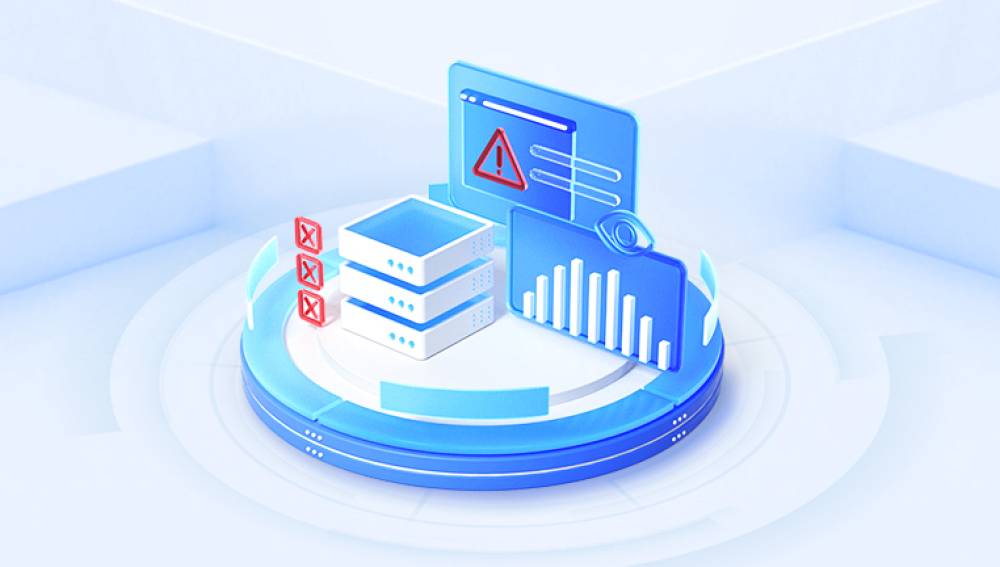Data loss can strike at any moment, often without warning. One accidental click, an unexpected system crash, or a corrupted partition can wipe out valuable files in the blink of an eye. When it comes to file loss, one of the most common and alarming scenarios is the deletion of files from a hard drive. Fortunately, modern technology provides several ways to recover these lost files.
When a file is deleted from a hard drive, it isn’t immediately erased. Instead, the system marks the space it occupies as available for future use. Until that space is overwritten by new data, the deleted file is often recoverable. This is the basis for file recovery.
Types of Deletion:
Soft Deletion: Files moved to the Recycle Bin or Trash.
Hard Deletion: Files permanently deleted using Shift + Delete or emptied from the Recycle Bin.

Formatted Drive: Entire partitions are erased.
Corrupted File System: Files become inaccessible due to damage in file tables.
Immediate Steps After File Deletion
Taking the right actions immediately after deleting files can significantly increase recovery chances:
Stop Using the Drive: Avoid writing new data to the drive.
Do Not Install Recovery Software on the Same Drive: Use an external drive or a different partition.
Take a Disk Image: If data is critical, clone the drive to prevent further damage.
Recovery Using Built-In OS Tools
Windows File Recovery Options:
Recycle Bin: Check if the deleted file is there.
File History: Enabled through Backup Settings; restore previous versions.
System Restore Points: Useful if entire folders or configurations are missing.
Mac Recovery Options:
Trash: Check and restore from Trash.
Time Machine: Use to revert to previous states.
Note: These options are limited to recent deletions or backed-up states.
Manual Recovery Using File History or Previous Versions
Windows allows you to retrieve previous versions of files if File History or Restore Points were set up:
Right-click on the folder where the file existed.
Choose "Restore previous versions."
Browse the list and restore the version that contains your file.
Third-Party Recovery Software
Drecov Data Recovery
Drecov Data Recovery works by scanning your hard drive deeply to locate and restore deleted files—even those that may not appear in the Recycle Bin. The software supports various file systems such as NTFS, FAT32. exFAT, and others, making it compatible with both internal and external hard drives. With its intuitive interface, even non-technical users can perform recovery without professional assistance.
To recover files, simply install Drecov Data Recovery on a different drive (to avoid overwriting lost data), launch the program, and choose the hard drive where your files were lost. The software offers both quick and deep scan modes, ensuring that even hard-to-find files have a chance of recovery. Once the scan is complete, you can preview files before recovery and select the ones you wish to restore.
If the standard tools don’t work, deeper recovery methods may be necessary:
1. Command Line Tools:
Windows: Use chkdsk, attrib, or winfr for basic recovery and structure fixes.
Linux: Use testdisk or photorec for raw recovery.
2. Disk Imaging:
Create a bit-by-bit copy of your drive using tools like Clonezilla or ddrescue. This protects original data while allowing experiments on the copy.
3. Hex Editor Inspection:
Use hex editors to manually identify file headers and attempt to rebuild files manually. This requires advanced knowledge of file structures.
Specialized Recovery for Different File Types
Some tools are optimized for specific file formats:
Documents: DOCX, XLSX, PPTX
Media Files: JPEG, MP4. MOV
Email Archives: PST, MBOX
Design Files: PSD, CDR
Use specialized software if recovering mission-critical files such as databases or design projects.
Recovery from External and Portable Drives
External hard drives, USB sticks, and SD cards use similar file systems but are often more prone to corruption or improper ejection.
Steps to Recover:
Connect the device securely.
Avoid writing data.
Use the same scanning steps as above.
Look for duplicate or ghost files if structure is damaged.
Physical Damage and When to Seek Professional Help
If the hard drive is physically damaged (e.g., clicking noises, non-detection), software won’t help.
Warning Signs:
Drive not recognized
Strange noises
Consistent crashes
What to Do:
Power down the device.
Avoid DIY fixes for hardware.
Contact a professional recovery lab.
Professional services use clean rooms, disk platter readers, and forensic tools to safely extract data.
Prevention and Best Practices
Data loss is often preventable with proper planning:
1. Regular Backups:
Use cloud services, external drives, and software like Time Machine or Windows Backup.
2. Avoid Unsafe Software:
Stay clear of unreliable applications or downloads that can corrupt files.
3. Monitor Drive Health:
Use SMART tools to detect bad sectors and mechanical issues early.
4. Safe Ejection:
Always eject external drives properly to avoid write errors.
Case Studies
Case Study 1: A Photographer’s Rescue A wedding photographer deleted an entire shoot. By immediately halting use of the SD card and using deep scan software, 95% of the images were recovered intact.
Case Study 2: Office Data Lost in System Crash A small business lost accounting data after a Windows crash. System Restore and backup copies allowed partial recovery, and a recovery service salvaged the remainder.
Case Study 3: Formatted External Drive An external hard drive was accidentally formatted. Deep scan recovery software retrieved the original file tree, including media and documents.
Data loss is never pleasant, but it’s rarely the end of the road. Whether through built-in tools, powerful recovery software, or professional labs, most deleted files from hard drives can be recovered if you act quickly and carefully. The key is to remain calm, avoid further damage by minimizing use, and choose the recovery method that best fits the scenario. With the strategies laid out in this guide, you’re well-equipped to navigate the stressful process of hard drive file recovery and restore your valuable data.




